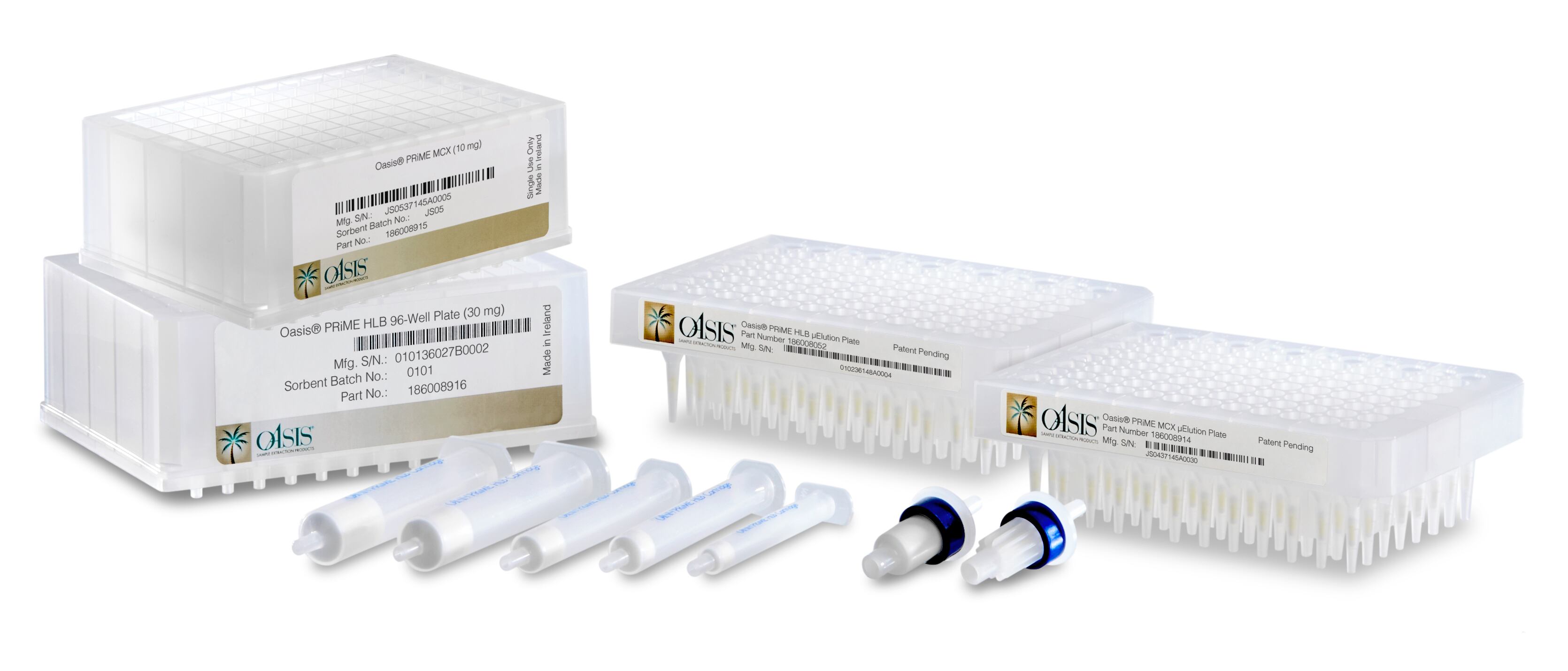Waters said the co-marketing agreement with Malvern Panalytical will help solve complex molecular characterization challenges.
The Waters Acquity Advanced Polymer Chromatography (APC) system and Malvern Panalytical’s Omnisec Reveal, an integrated GPC/SEC multi-detector, will give R&D scientists higher resolution data giving them better insight into samples without column calibration.
Omnisec Reveal can be used to relate a polymer’s molecular properties to its bulk characteristics in applications from the packaging industry to manufacturing of food additives and pharmaceuticals.
Use of analysis instead of GPC
Run times can be up to five times faster than traditional Gel Permeation Chromatography (GPC), enabling higher sample throughput and faster method development.
Coupling the APC system to the Omnisec Reveal offers the ability to calculate absolute molecular weight, intrinsic viscosity and hydrodynamic radius.
These parameters help predict polymer behaviours in solutions/product matrices and give more understanding of polymer structure.
Emergence of new and increasingly complex polymers with a range of structural and compositional diversity has been a driving force in the development of analytical and separation technologies for polymer characterization.
Malvern Panalytical was formed by the merger of Malvern Instruments and PANalytical in January 2017 and employs more than 2,000 people worldwide.
Steven Horder, VP of advanced materials at Malvern Panalytical, said the sensitivity and low dispersion characteristics of the Omnisec Reveal are suited to the APC system’s resolution and high efficiency separation characteristics.
“We believe that researchers will be delighted with the analytical abilities of the combined system, which offers extraordinary performance for the analysis of both natural and synthetic polymers and provides visibility of details that would otherwise be missed.
“The combination of Waters’ APC and Malvern Panalytical’s Omnisec Reveal opens new doors in polymer research and development which will translate directly to better product performance.”
Remove unwanted sample components
Waters has also introduced a sample preparation workflow to produce clean samples for LC and LC-MS quantification.
The firm said sample preparation has never been more important to get high-quality LC-MS results.

Waters Oasis PRiME MCX Cartridges and 96-Well Plates retain and concentrate basic compounds while removing up to 99% of phospholipids.
Oasis PRiME MCX is a mixed-mode (reversed-phase and cation exchange) sorbent that addresses the complexities in quantifying target analytes in food samples including milk, meat and eggs.
Cleaner samples are produced by reducing ion suppression and instrument downtime due to clogged columns and dirty mass spectrometer ion sources. Cleaner samples also means longer lasting columns.
Kim Haynes, principal product marketing manager, Chemistry Technology Center, said it gives scientists greater confidence in quantitative test results in support of food or environmental studies.
“While it is accepted that sample clean-up provides many benefits, such as fewer matrix effects and lower limits of detection, many scientists avoid sample preparation simply because they do not have the time for method development. They want accurate results faster with the fewest steps possible.
“This is why we developed simple three- and four–step protocols to go along with Oasis PRiME MCX that deliver consistently and reproducibly cleaner samples faster than conventional mixed-mode SPE methods.”
